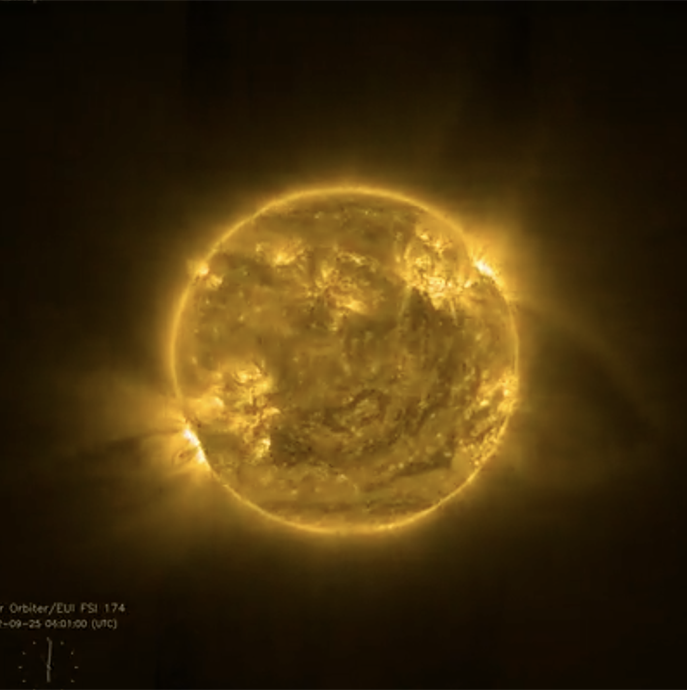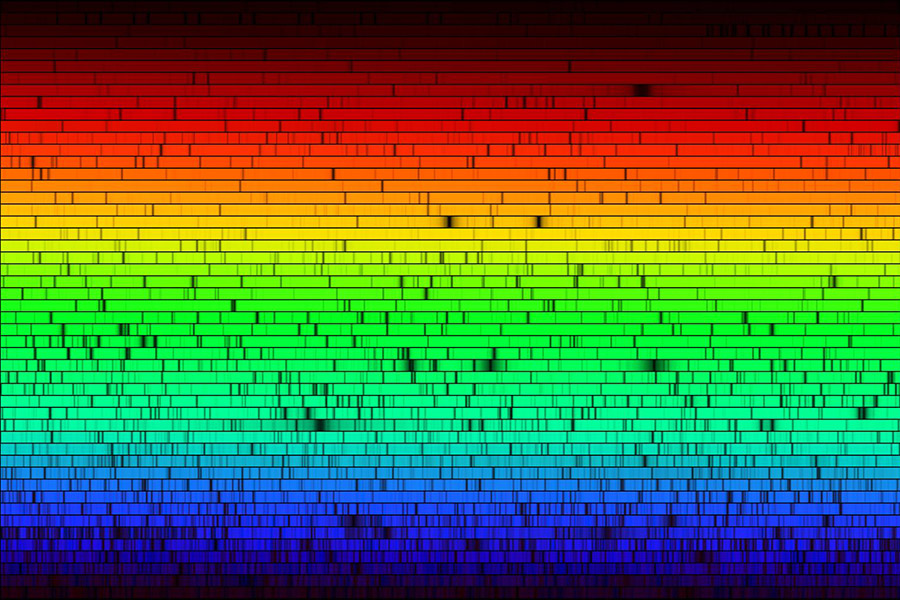Theoretical models of the Sun are typically based on mathematical equations that describe the physical processes that occur in the Sun’s atmosphere, such as convection, radiation, and magnetism. These equations are then solved using numerical methods such as finite difference methods, spectral methods, and Monte Carlo simulations. Universities such as Stanford, Harvard, Massachusetts Institute of Technology (MIT) and the University of Oslo (UIO) have some of the best theoretical models of the Sun.

To make theoretical models of the Sun using data only from the photosphere and sunspots, scientists use a combination of numerical methods such as finite difference methods, spectral methods, and Monte Carlo simulations. These methods are used to solve the equations that describe the physical processes that occur in the Sun’s atmosphere. These equations can be used to model the physical properties of the Sun’s photosphere, such as its temperature and magnetic field, as well as the behavior of sunspots. Additionally, data from the Sun’s photosphere can be used to create detailed models of the Sun’s activity, such as its magnetic field reversals and other phenomena.

Stray light is caused by light scattering on optical surfaces and in the Earth’s atmosphere, and it degrades the spatial resolution of observations. Before we can use the observed data from the sun, all stray light must be removed.
My thesis is based on observations from Kitt Peak National Observatory. The observation data was from the photosphere and from a sunspot. My mission was too mathematical to remove the stray light from the observation data. In the end, I compared the cleaned observation data with theoretical solar models.
Below you will find a link to my Cand. Sci. thesis.